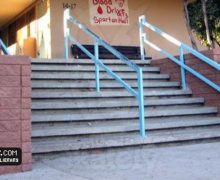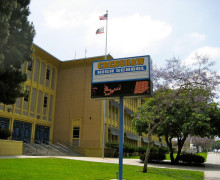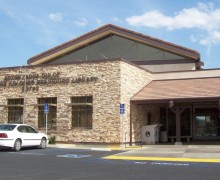Wireless Networks Design
As infrastructure engineering design company, we are faced with new challenges coming from MOBILezation of everything. For example, more and more hardwired networks are superseded by wireless ones even in commercial buildings and facilities. Same time Wireless solutions are still young and sometimes not working properly. Proper site survey and using right equipment is the key there to provide state of the art design. In Innovave, we also have a testing lab, where we have an ability to test equipment provided by manufacturers before implement it in our designs.
Wireless local area networks design includes next steps:
A. Site Survey Report: Prior to the WLAN design, Innovave prepares and submit a WLAN Site Survey Report. At a minimum, the report includes the following information:
1. Preliminary WLAN system architecture and design plans
2. Sketch of RF coverage and interference areas for Access Points
3. Options for access Point locations
4. Configuration mode (i.e., root, bridge, repeater)
5. Option Antenna types to be used per Access Point
6. Power provisioning requirements for the Access Points
7. Power output settings per Access Point
8. Connectors and cables to be used
9. Digital pictures of proposed locations for all Access Points and antennas
B. Design phase: Drawings:
1. Floor Plans indicating all components, raceways, terminal boxes, and cabling. Include radius of zone coverage of maximum signal strength for each access point installed.
2. Riser diagram indicating all connections in a manner following the floor plan layout.
3. Cabling diagram indicating the designed routing and number of cables in specific raceways or conduits, from the main data sources connecting to other sub-panels, modules, or devices.
4. Installation and coordination drawings for items in other sections.
5. Access Points and antennas with dimensions, WLAN topology maps, location designations, and instrument wiring diagrams. Indicate required interfaces with equipment provided in other sections.
D. Integration plan that details the implementation strategy to complete the WLAN system.
TYPICAL SHEET INDEX FOR WLAN SYSTEM::
- Network diagram
- Wireless heat map
- Floorplans (equipment locations and pathways)
- Wiring schedule
- Equipment racks elevations
- Details and elevations
[mp_image_slider ids="2181,2219,2180,2220" size="full" animation="fade" smooth_height="false" slideshow="true" slideshow_speed="7" animation_speed="600" control_nav="true"]
TO START:
Customer's specifications about system design, floorplans, other important materials.
CODES AND STANDARDS TO FOLLOW (WLAN)
1. ANSI/TIA Telecommunications Building Wiring Standards.
2. ANSI/TIA-568-C: Commercial building telecommunications wiring standard and current addenda.
3. ANSI/TIA-568-C.0: Generic Telecommunications Cabling for Customer Premises.
4. ANSI/TIA-568-C.1: Commercial Building Telecommunications Cabling Standard.
5. ANSI/TIA-568-C.2: Balanced Twisted-Pair Telecommunications Cabling and Components Standards.
6. ANSI/TIA-568-C.3: Optical Fiber Cabling Components Standard.
7. ANSI/TIA-1152: Requirements for Field Testing Instruments and Measurements for Balanced Twisted-Pair Cabling.
8.. ANSI/TIA/EIA-569, Commercial Building Standard for Telecommunications Pathways and Spaces, current issue.
9. ANSI/EIA/TIA-598, Optical Fiber Cable Color Coding, current issue.
10. ANSI/TIA/EIA-606, The Administration Standard for the Telecommunications Infrastructure of Commercial Building, current issue.
11. ANSI/TIA/EIA-607-B, Commercial Building Grounding and Bonding Requirements for Telecommunications, current issue.
12. ANSI/TIA/EIA-758, Customer-Owned Outside Plant Telecommunications Cabling Standard, current issue.
13. Institute of Electrical and Electronic Engineers (IEEE) 802.3 (Ethernet), 802.3Z (Gigabit Ethernet over optical fiber), 802.3ab (Gigabit Ethernet over 4 pair category 5E or higher), 802.3ae (10Gigabit Ethernet over optical fiber), 802.11 (Wireless LAN).
ANSI, ASTM, UL, NEMA, IEEE and FCC standards as applicable.
14. BICSI Telecommunications Distribution Methods Manual, current issue.
15. FCC Part 68.50.
16. BICSI Wireless Design Reference Manual, current edition
17. National Electrical Manufacturer’s Association (NEMA).
18. California Building Code.





